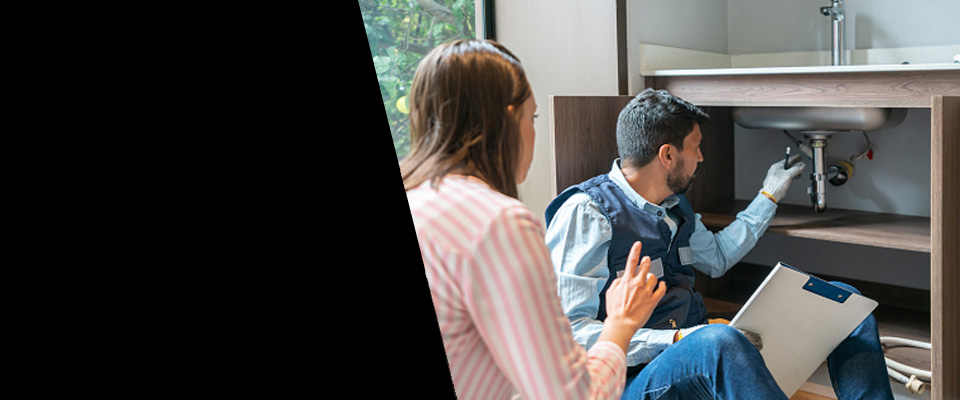Building Code Compliance Plumbing Services in Rowland Heights, CA
Rowland Heights Building Code Compliance Pros on call now in Los Angeles County
Building Code Compliance is a regulatory-focused plumbing service that verifies all installations, repairs, and modifications comply with local, state, and national plumbing codes. The service includes inspections, documentation, and corrective actions to ensure regulatory alignment, promoting safety, efficiency, and approval in construction and renovation projects. It is essential for avoiding fines, delays, and liability
We provide excellent Plumbing services throughout Los Angeles County. Whether you need help with Building Code Compliance or other issues, our Pros is ready.
Plumbing Services in Rowland Heights, CA
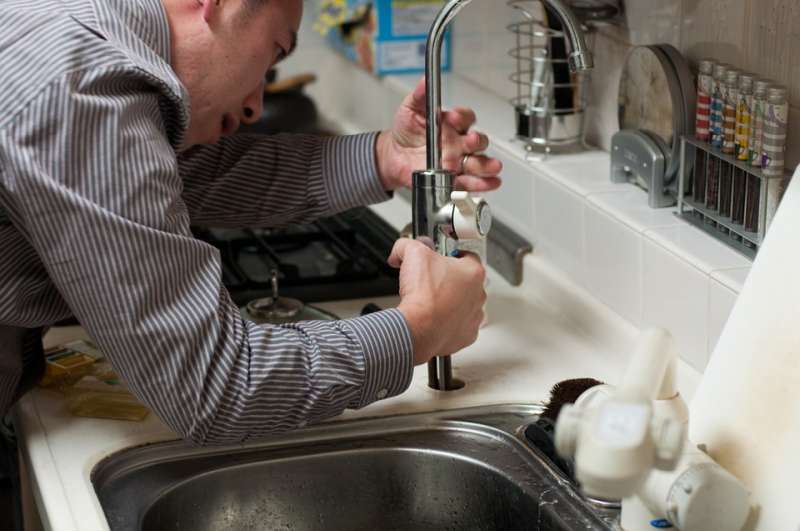
Appliances
Setting up dishwashers, hot water heater (tank and tankless), waste disposal unit, and cleaning makers.

Backflow Testing and Prevention
Making sure backflow prevention devices are working properly.
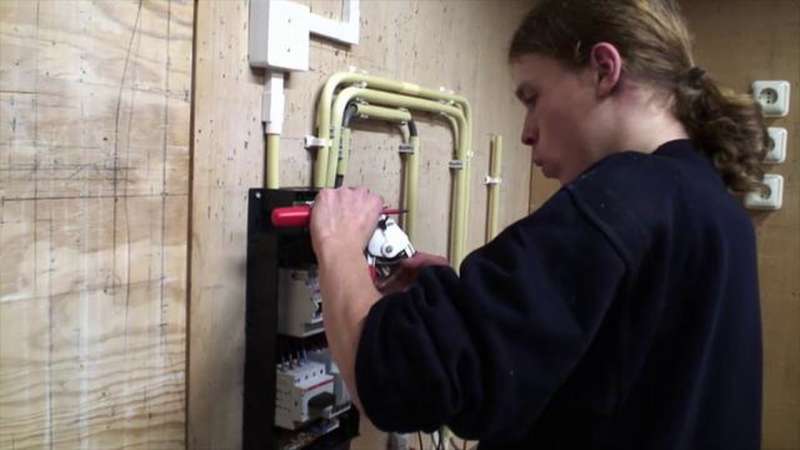
Bathroom and Kitchen Remodeling
Relocating or updating plumbing systems.
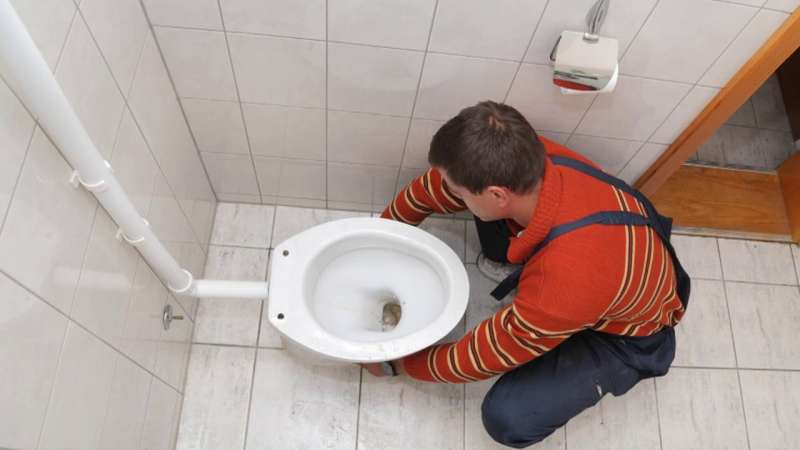
Building Code Compliance
Guaranteeing plumbing systems satisfy regional policies.
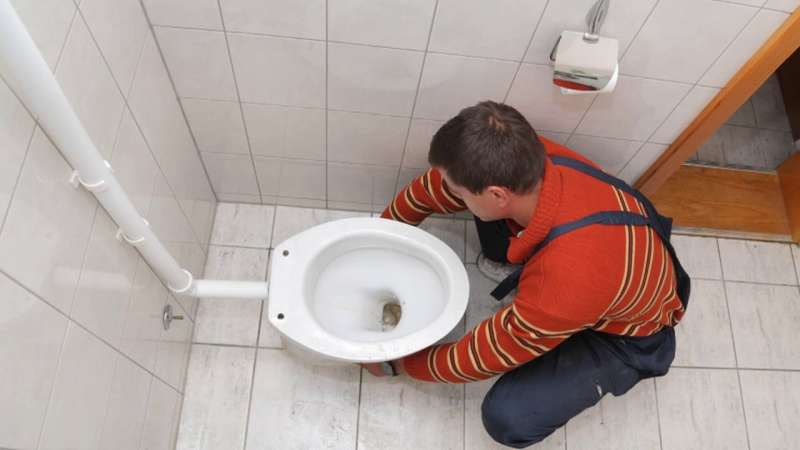
Burst Pipes
Immediate response to prevent flooding and water damage.
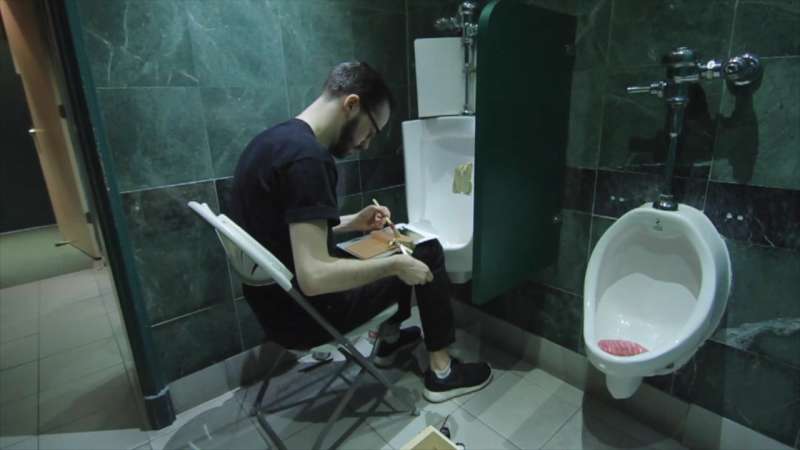
Clogged Drains
Cleaning obstructions in sinks, toilets, showers, and sewer lines.
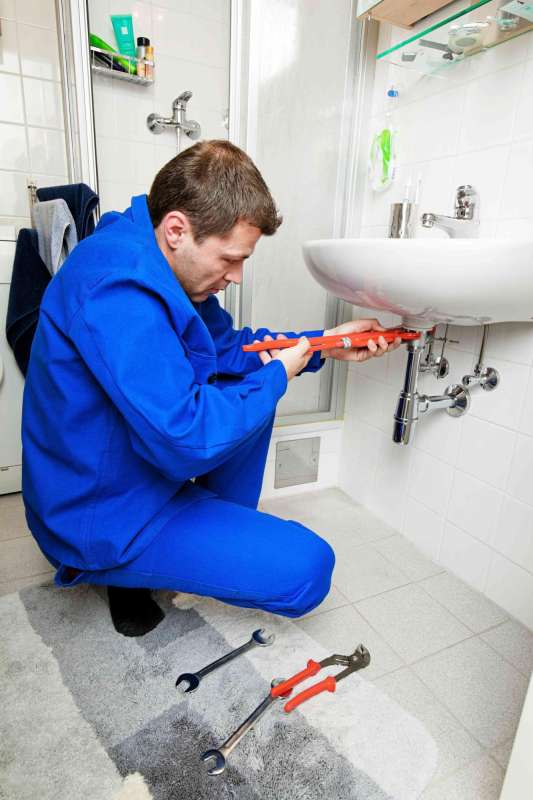
Drain Cleaning
Regular cleaning to prevent obstructions and keep circulation.

Fixture Repairs
Repairing malfunctioning faucets, toilets, and other components.
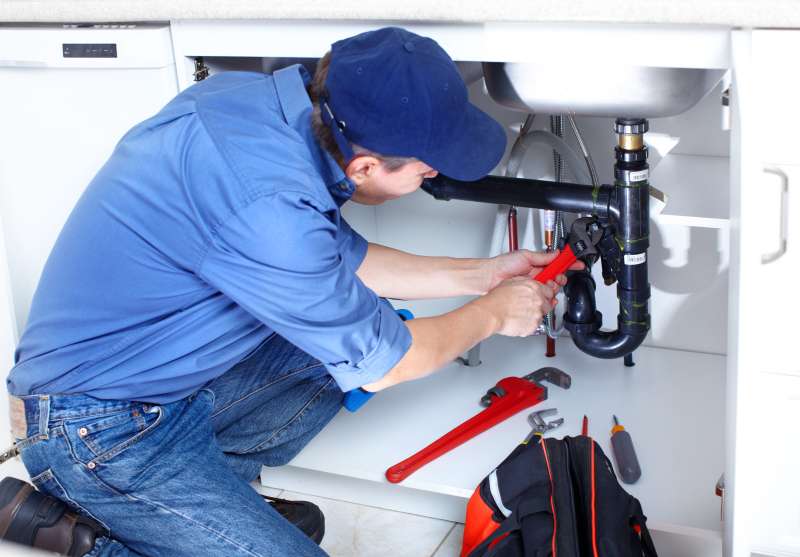
Fixtures
Installation of sinks, faucets, toilets, bathtubs, and showers.

Gas Leaks
Emergency detection and repair work to prevent dangers.

Gas Line Repairs
Fixing gas leaks and making sure proper gas line operating.

Greywater Recycling Systems
Setting up systems for reusing household wastewater.

Hydronic Heating
Setting up and maintaining radiant flooring heating systems.

Industrial Pipework
Specialized piping for factories or industrial settings.
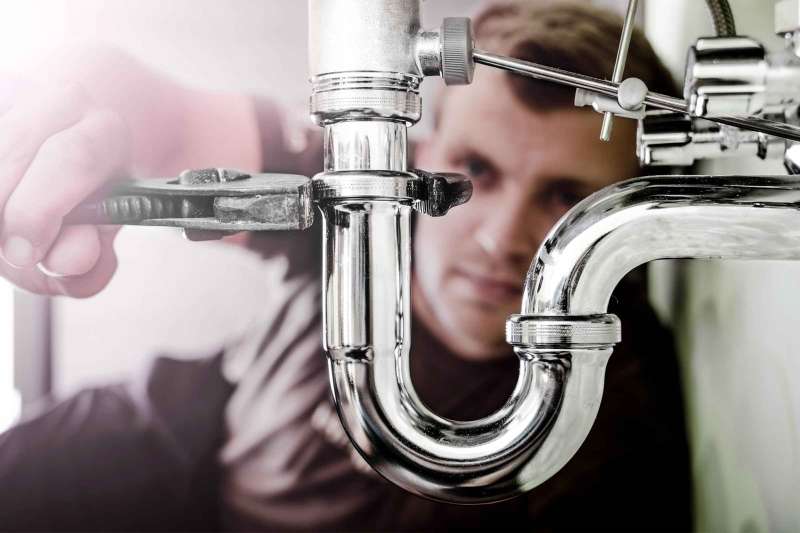
Irrigation Systems
Setting up and maintaining outside irrigation.

Large-scale Installations
Plumbing systems for brand-new buildings or restorations.
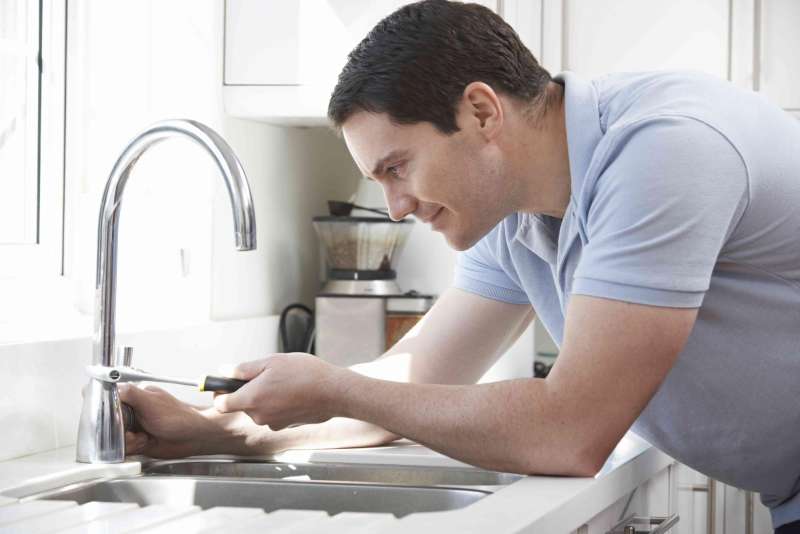
Leak Detection and Repair
Repairing leakages in pipelines, faucets, toilets, and home appliances.

Overflowing Toilets
Quick resolution of extreme blockages and overflows.

Pipe Inspections
Using electronic cameras to examine pipelines for damage or clogs.
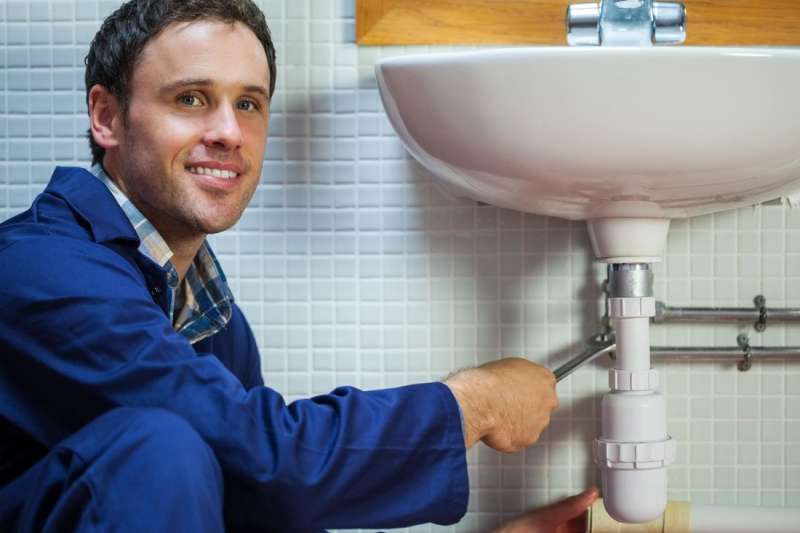
Pipe Repairs
Repairing or changing burst, corroded, or damaged pipelines.

Pipes and Fittings
Installing brand-new piping systems for water, gas, and drain.

Pre-Purchase Inspections
Evaluating plumbing systems before buying property.

Rainwater Harvesting Systems
Setting up systems to collect and make use of rainwater.
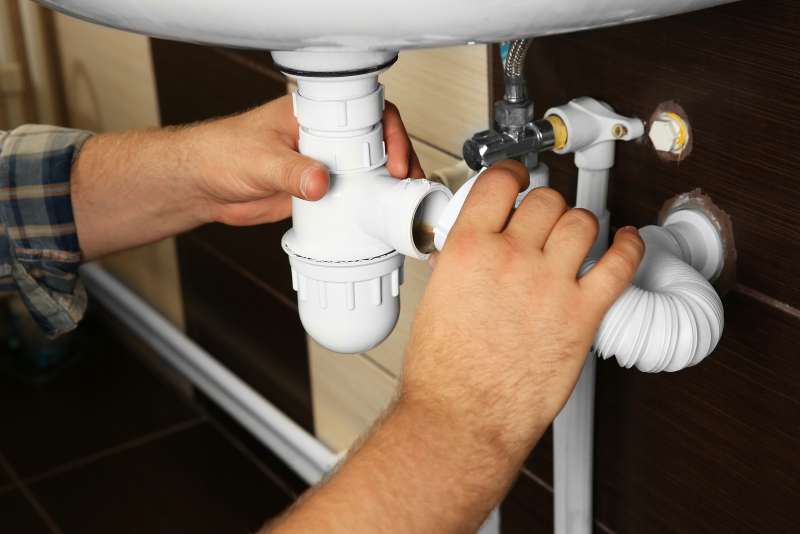
Regular Maintenance Contracts
Continuous maintenance services for businesses.
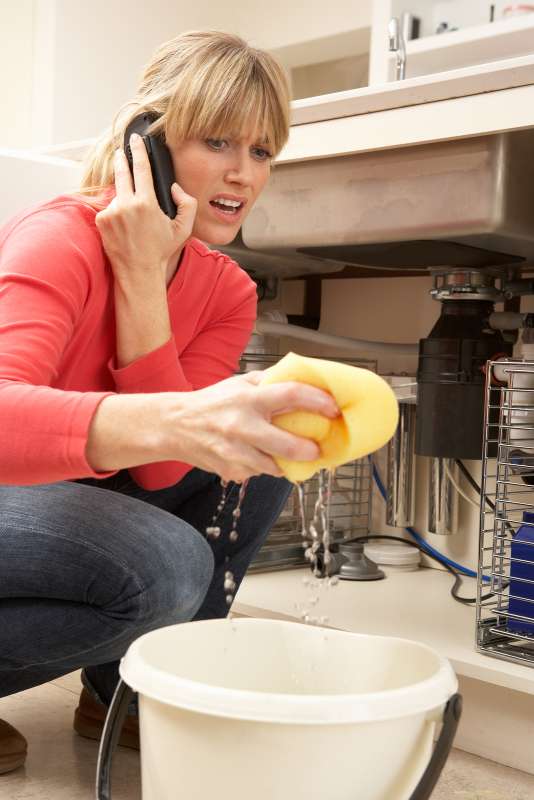
Septic System Services
Putting up, repairing, and preserving sewage-disposal tanks.
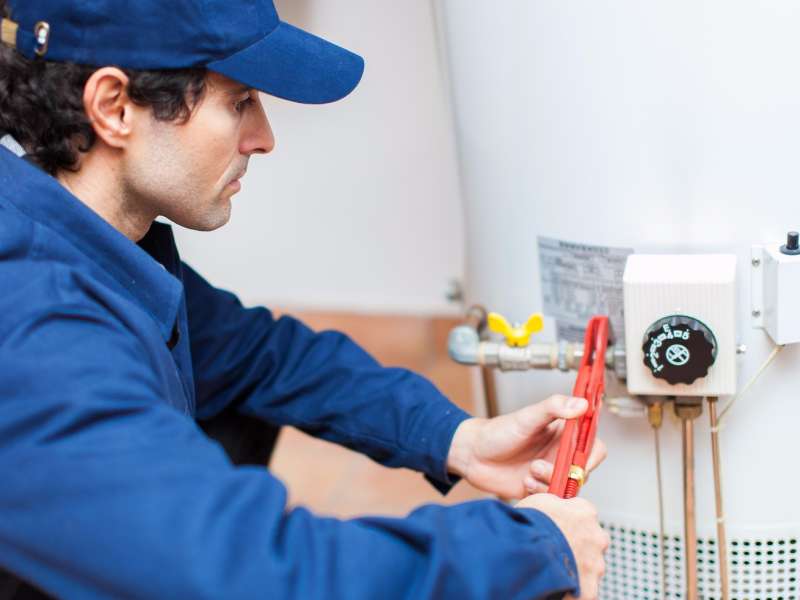
Sump Pump Installation and Repair
Handling groundwater in basements.
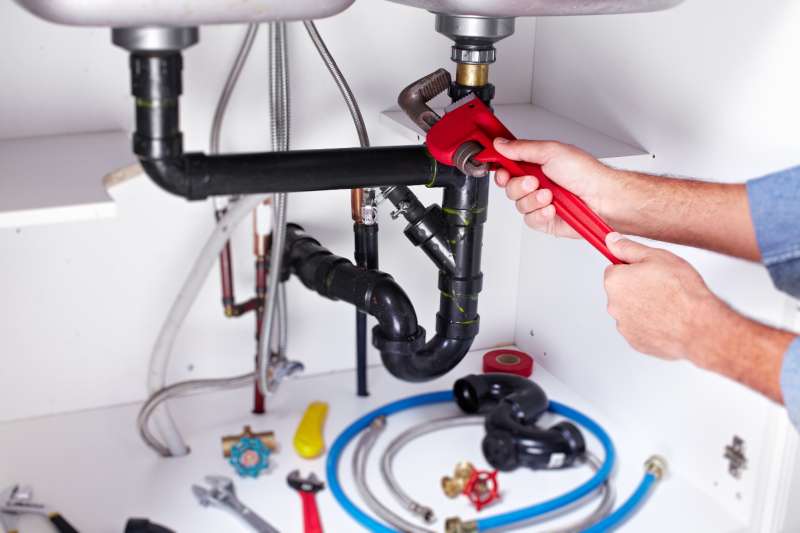
Upgrading Fixtures
Installing water-efficient or modern-day fixtures.

Water Efficiency Consulting
Recommending on water-saving methods and items.
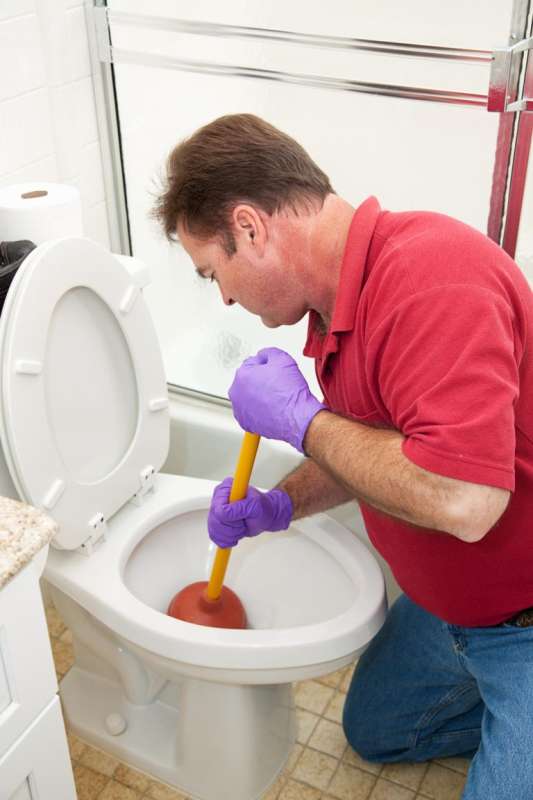
Water Filtration Systems
Installing water softeners and filtration systems.

Water Heater Maintenance
Flushing and examining hot water heater to extend life expectancy.

Water Heater Repair
Resolving concerns with temperature, leakages, or failure to heat water.

Waterproofing
Securing basements or other areas from water invasion.
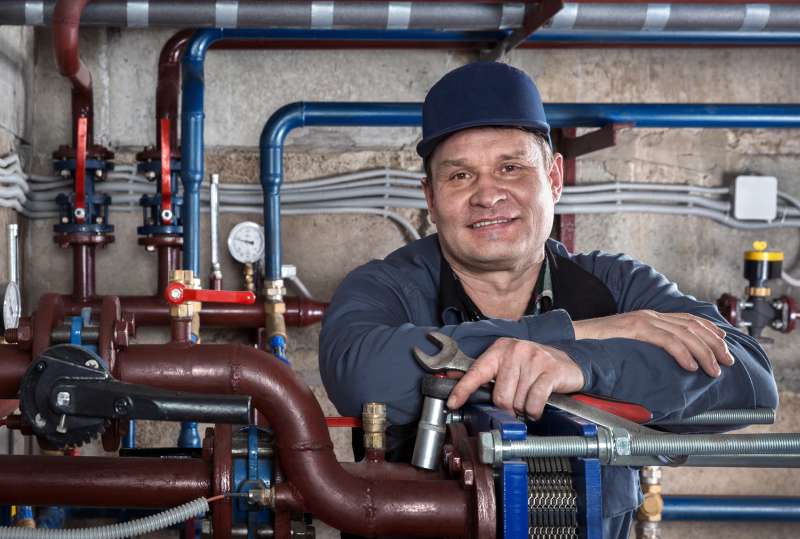
Sewer Backups
Immediate attention to prevent contamination and health risks.

